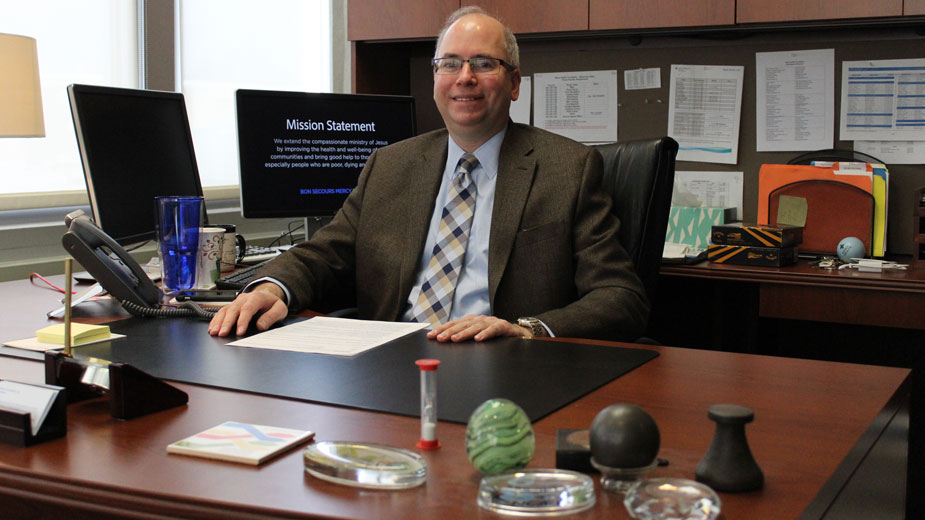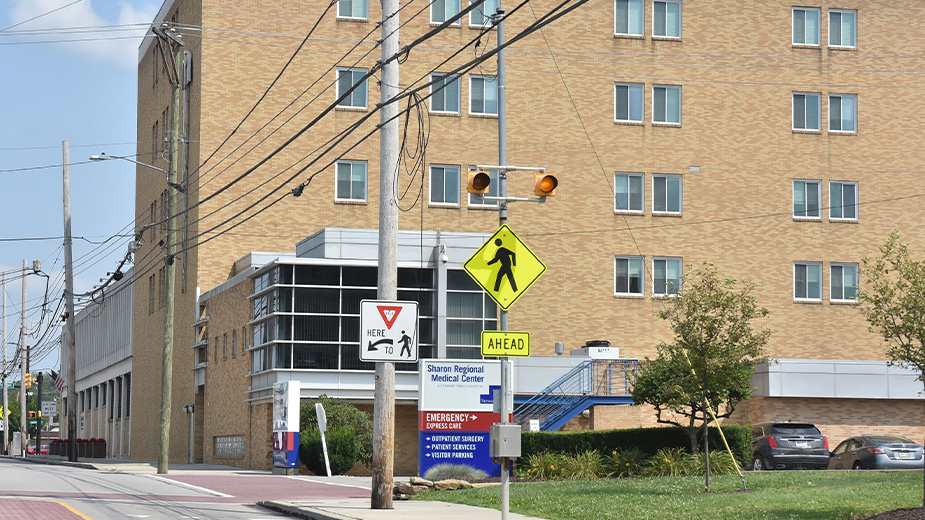Health Systems Help Defray Medical Costs
YOUNGSTOWN, Ohio — Across the country, the costs associated with health care are rising often leaving patients in the lurch.
The Centers for Medicare and Medicaid Services forecast national spending on health care to reach nearly $6 trillion by 2027, with an annual average growth rate of 5.5% between 2018 and 2027, a figure 0.8% higher than that of the gross domestic product.
Between 2020 and 2027, private health insurance spending is expected to rise an average of 5.1% per year, slightly higher than out-of-pocket costs at an even 5%. In that same timeframe, Medicare and Medicaid spending is projected to increase 7.6% and 6% annually, respectively.
Even before that growth is considered, Americans are struggling with their medical bills. In a survey conducted last year, The Commonwealth Fund reported 41% of working-age Americans have issues with their bills or are working to pay them. Combined with those over 65 in similar situations, the private health-care foundation found 79 million struggle with medical costs. Meanwhile, two-thirds of those under 65 reported having medical debt, going without care because of cost, being uninsured or underinsured.
“While gas and food prices are increasing and home values are declining, the rise in health-care costs is surpassing income growth and fewer people have adequate insurance,” said the lead author of the study, Dr. Sara Collins. “As a result, working people are struggling to pay their bills and accruing medical debt.”
Locally, health-care systems have measures in place to help alleviate the impact of medical bills, whether through direct assistance, financial aid or improving overall health.
At Salem Regional Medical Center, “The cost to provide care to the patients we serve exceeded the amount we were reimbursed through government payers by approximately $12.5 million, which means we absorbed these unreimbursed costs,” says the director of public relations, Michele Hoffmeister. “As a not-for-profit hospital and a safety net for our communities, our staff works diligently to be good stewards in managing our resources and providing cost-effective ways to deliver high-quality care to meet our patients’ needs.”
The hospital employs patient advocates who work with patients to help them understand their bills, provide information on what insurance covers and, if needed, determine avenues for financial assistance.
“Our mission is to provide quality health care to the people of our region regardless of their financial situations,” Hoffmeister says.
Likewise, Mercy Health employs social workers to help patients find assistance with paying medical bills, but also devotes resources that lower costs all around, says Paul Homick, president of the Mercy Health Foundation Mahoning Valley. He cites Joanie’s Promise, which provides reduced-cost or free diagnostic services at the Joanie Abdu Comprehensive Breast Care Center in Youngstown.
“To Mercy Health, it is absolutely critical that we provide services to the poor and underserved. It’s built right into our mission statement,” Homick says. “Our focus at the foundation is to help mitigate the costs of health care. The earlier we can diagnose or the more preventive programmatic support we can provide will reduce the cost of health care because people will be living healthier lives and we’ll be catching diseases sooner.”
Many of the programs the foundation supports are directed at preventive care or mitigating the effect of medical issues as early as possible by bringing the resources of the health system into communities, whether through neighborhood events or to schools and workplaces. Among the efforts are blood-pressure checks, cholesterol tests, nerve testing, vision screenings and mobile mammography and dental-care vans.
“Of patients presenting to emergency departments across the nation, of the top-five diagnoses, two are dental related,” Homick says using as an example how to mitigate costs. “With patients that present to the emergency department with oral-health issues, if we can reduce that, we’ll reduce the cost of care because such visits are costly. The dental program takes that care directly into communities.”
The combined value of such services, along with subsidized care, across the entire Mercy Health system, amounts to $2 million daily, Homick says. The availability and breadth of such programs is steered largely by the community health-needs assessment that Mercy does every three years.
Also contributing to the rise in health-care costs are prescription drug prices. Between 2012 and 2016, retail spending on prescriptions increased 26.8%, according to the Centers for Medicare and Medicaid, totaling $341 billion in 2016. The federal agency expects that growth to outpace all other segments of medical care through 2026.
At Primary Health Network, based in Sharon, Pa., its associated charitable foundation provides assistance to patients “for life-sustaining medications, such as high blood pressure, behavioral health, cancer, diabetes and heart medications,” says Sara Rupp, marketing director for Primary Health. “We contract with local pharmacies to provide our patients with affordable prices, knowledgeable professionals and individualized services customized to patients’ needs, so they can have the best possible experience when filling their prescriptions.”
Primary Health Network is a federally qualified health center and offers a sliding-fee scale. Such centers are required by law to accept all patients regardless of ability to pay. Patients must provide financial information for their households, such as recent federal tax returns and pay stubs, to prove need.
“As the rising costs continue across the United States, more attention has been turned to the community health centers’ model of care,” Rupp says. “Community health centers cost of care ranks amongst the lowest. We reduce the need for more expensive hospital-based and specialty care, saving over $24 billion dollars for taxpayers. Expanding and strengthening the health center program would further reduce health disparities, increase the access to quality care and boost more local economies.”
Pictured: Mercy Health Foundation Mahoning Valley supports programs to improve health, says President Paul Homick.
Copyright 2024 The Business Journal, Youngstown, Ohio.



